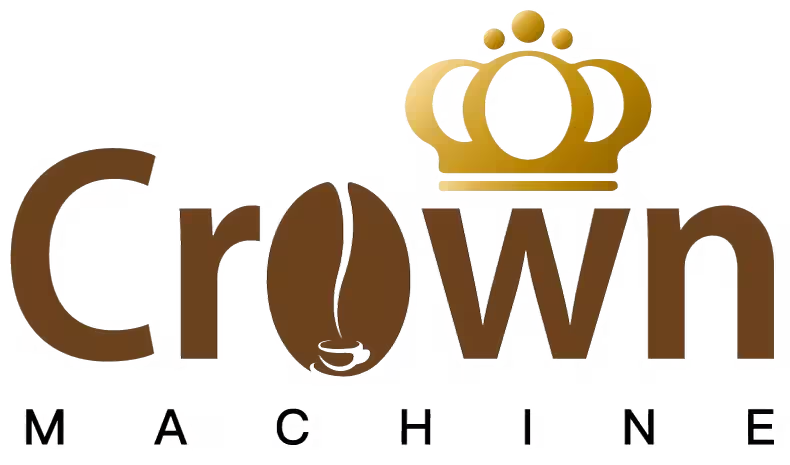Analyzing Key Trends Shaping the Future of the Coffee Grinder Industry
The coffee grinder sector is evolving rapidly, driven by technological innovation, shifting consumer preferences, and sustainability demands. Understanding these trends helps stakeholders anticipate market shifts and align their strategies with emerging opportunities. Below are pivotal developments influencing the industry’s trajectory.
Technological Advancements in Grinding Precision and Automation
Advancements in engineering and digital integration are redefining how coffee grinders operate, emphasizing accuracy and user convenience.
- Smart Grinding Systems: Modern grinders increasingly incorporate IoT connectivity and mobile apps, allowing users to control grind settings, monitor usage, and receive maintenance alerts remotely. This connectivity appeals to tech-savvy consumers seeking seamless integration with smart home ecosystems.
- AI-Powered Calibration: Some manufacturers are experimenting with artificial intelligence to optimize grind size based on bean origin, roast level, and brewing method. These systems analyze data in real time, adjusting parameters to ensure consistent extraction without manual intervention.
- Precision Sensors for Dosing Accuracy: Grinders now feature built-in scales or optical sensors that measure grounds by weight or volume, reducing waste and improving recipe adherence. This functionality is particularly valuable in commercial settings where portion control impacts profitability.
Sustainability as a Core Market Driver
Environmental consciousness is reshaping product design, manufacturing processes, and consumer expectations across the coffee industry.
- Eco-Friendly Materials: Manufacturers are prioritizing recyclable plastics, biodegradable components, and minimal packaging to reduce ecological footprints. Some brands are exploring alternative materials like bamboo or reclaimed metals for grinder housings.
- Energy-Efficient Motors: Low-power, high-torque motors are becoming standard, cutting electricity consumption without sacrificing performance. These innovations align with global efforts to lower carbon emissions and appeal to eco-conscious buyers.
- Repairability and Longevity: The rise of the “right to repair” movement has spurred designs that emphasize modularity and ease of maintenance. Grinders with replaceable burrs, detachable parts, and accessible internals encourage long-term use over disposable alternatives.
Growing Demand for Specialty and Customizable Grinding Solutions
As coffee culture diversifies, consumers seek tools that cater to niche brewing styles and personalized preferences.
- Niche Grinding Modes: Models tailored for cold brew, pour-over, or espresso now dominate the market, offering dedicated settings that optimize particle size for specific extraction methods. This specialization reflects the rising popularity of artisanal brewing techniques.
- Single-Dosing Flexibility: Grinders designed for small-batch grinding are gaining traction, allowing users to switch bean varieties without cross-contamination. This trend aligns with the growing interest in exploring diverse coffee origins and roast profiles.
- Customizable Aesthetics: Beyond functionality, consumers are prioritizing grinders that complement their kitchen decor. Manufacturers are responding with sleek designs, customizable color options, and compact forms that fit smaller countertops.
Expansion of Home Brewing Culture and Premiumization
The pandemic-driven surge in home coffee consumption has accelerated demand for high-performance, affordable grinders.
- Affordable Premium Models: Mid-range grinders now offer features once exclusive to professional-grade equipment, such as conical burrs, low-rpm motors, and precise adjustments. This democratization of technology empowers home baristas to achieve café-quality results.
- Subscription-Based Services: Some companies are pairing grinders with bean delivery subscriptions, creating ecosystems that simplify the brewing process. These bundles often include grinding guides and recipe cards, enhancing customer engagement.
- Education-Driven Marketing: Brands are investing in tutorials, webinars, and social media content to educate users on grind size, freshness, and maintenance. This focus on knowledge-sharing builds trust and fosters long-term loyalty.
The coffee grinder industry is at a crossroads of innovation and tradition, balancing cutting-edge technology with timeless craftsmanship. By embracing sustainability, customization, and smart integration, manufacturers can meet the evolving needs of a discerning global audience while driving sector-wide growth.


